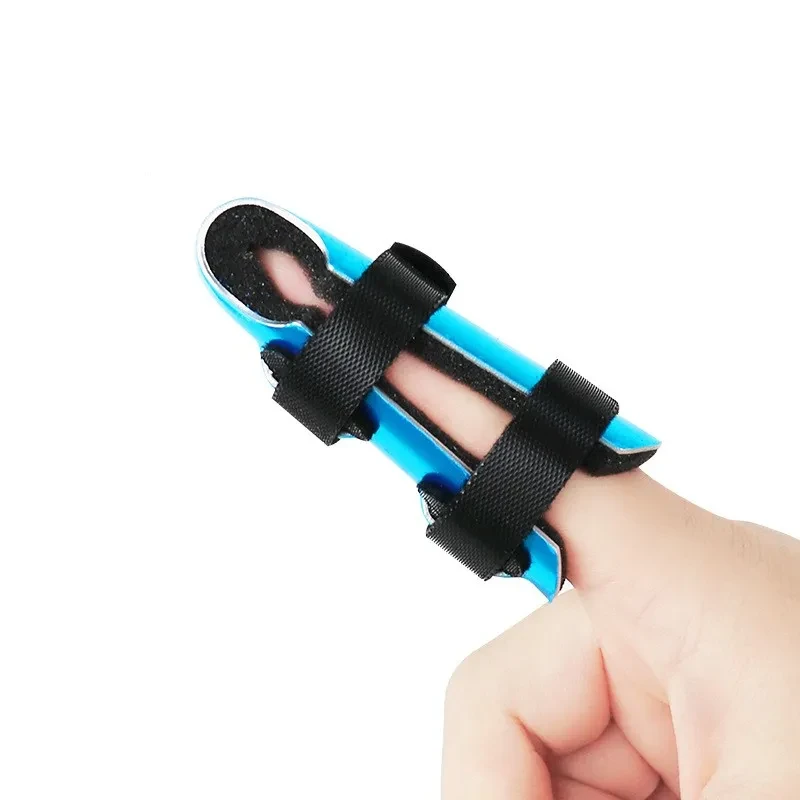
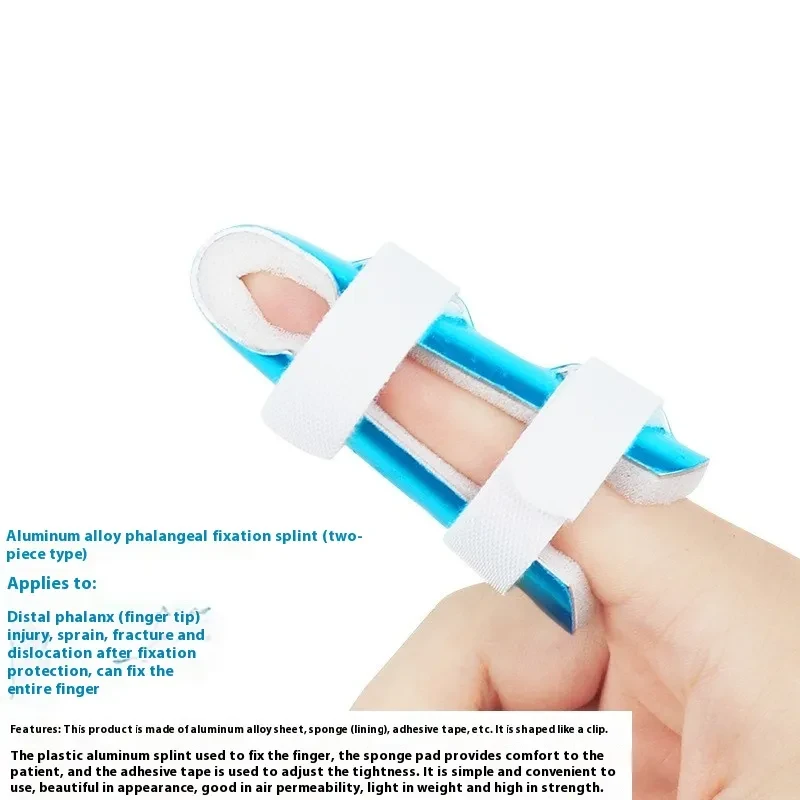
Finger Fixed Splint Rehabilitation Fixed Protective Gear
The Finger Fixed Splint Rehabilitation Protective Gear is an essential device designed to provide stability, immobilization, and support for injured or recovering fingers. Whether you are healing from fractures, sprains, tendon injuries, or undergoing rehabilitation for conditions like arthritis or trigger finger, this fixed splint plays a vital role in promoting effective recovery and protecting the finger from further damage.
Why Use a Finger Fixed Splint for Rehabilitation?
Finger injuries often require immobilization to ensure proper healing without stress or movement that could aggravate damage or prolong
recovery. A fixed splint keeps the finger stable and aligned by preventing bending or twisting, which is critical in cases such as
fractures, dislocations, ligament injuries, or post-surgery rehabilitation. By limiting motion, the splint reduces pain, swelling, and
inflammation while creating an optimal environment for tissue repair.
In addition to immobilization, finger splints assist in correcting deformities and stabilizing joints affected by arthritis or other degenerative conditions, thereby enhancing functionality and reducing discomfort.
Key Benefits:
-
Stable Immobilization: Ensures the injured finger remains in a fixed position, preventing unwanted movements that
could delay healing or cause re-injury.
-
Pain Reduction: Supports the finger and reduces strain on muscles, tendons, and joints, significantly alleviating pain
and discomfort.
-
Supports Rehabilitation: Helps maintain proper alignment during the rehabilitation process to restore full or
near-full function over time.
- Protective Gear: Acts as a durable shield against accidental impacts or bumps during daily activities.
-
Versatile Use: Suitable for fractures, sprains, dislocations, tendon and ligament injuries, arthritis, trigger finger,
and post-operative recovery.
-
Lightweight and Comfortable: Made with breathable materials and adjustable straps or cushions to ensure comfort during
extended wear.
-
Easy to Wear and Adjust: Typically designed with Velcro straps, foam padding, or adjustable components for a snug fit
and easy removal.
-
Promotes Faster Healing: By stabilizing the finger and reducing irritation, the splint supports tissue regeneration
and improves rehabilitation outcomes.
Popular Types of Finger Fixed Splints:
-
Static Splints: Hold the finger firmly in one position for complete immobilization, ideal for fractures or severe
injuries.
-
Dynamic Splints: Allow controlled motion to encourage tendon gliding and joint flexibility during certain phases of
recovery.
-
Ring Splints: Provide joint stabilization, especially effective for arthritis, preventing hyperextension or unnatural
movement.
-
Stack Splints: Typically used for fingertip injuries or mallet finger, immobilizing just the distal segment.
-
Buddy Taping: A simple method that pairs the injured finger with an adjacent finger for support during mild sprains.
How to Use:
-
Consult Your Healthcare Provider: Always seek professional advice regarding the severity of the injury and appropriate
splint type.
-
Apply the Splint: Position the fixed splint so that the finger is supported and aligned according to instructions or
medical guidance.
-
Secure Fit: Adjust straps or closures for a firm but comfortable fit, ensuring no circulation is impeded and that the
splint remains stable.
-
Wear as Directed: Depending on injury type, wear the splint continuously or as prescribed during activity and rest
periods.
-
Monitor Skin and Comfort: Check the finger regularly for signs of irritation or swelling and clean the splint as
recommended.
-
Follow Rehabilitation Protocol: Combine splinting with prescribed exercises and therapies to optimize healing.
Who Should Use a Finger Fixed Splint?
- Individuals recovering from finger fractures, sprains, dislocations, or tendon injuries.
- People with arthritis or joint instability seeking pain relief and joint support.
- Patients post-surgery requiring immobilization and alignment maintenance.
- Athletes and active individuals needing finger protection during rehabilitation.
- Anyone with trigger finger or mallet finger conditions necessitating prolonged immobilization.
Why It Works:
The fixed splint stabilizes the finger in a neutral or medically advised position to avoid harmful stresses. This restriction reduces micro-movements causing inflammation and hinders misalignment that could lead to chronic stiffness or deformity. By embracing the injured finger, it allows the body's natural healing mechanisms to function efficiently, leading to faster recuperation and better functional recovery.
The product may be provided by a different brand of comparable quality.
The actual product may vary slightly from the image shown.
Shop amazing plants at The Node – a top destination for plant lovers

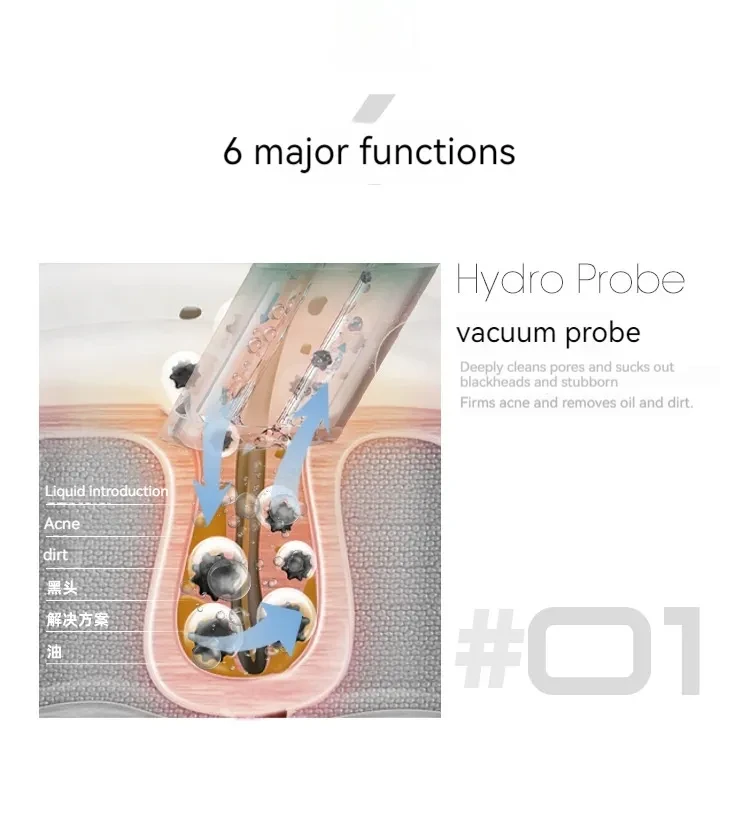

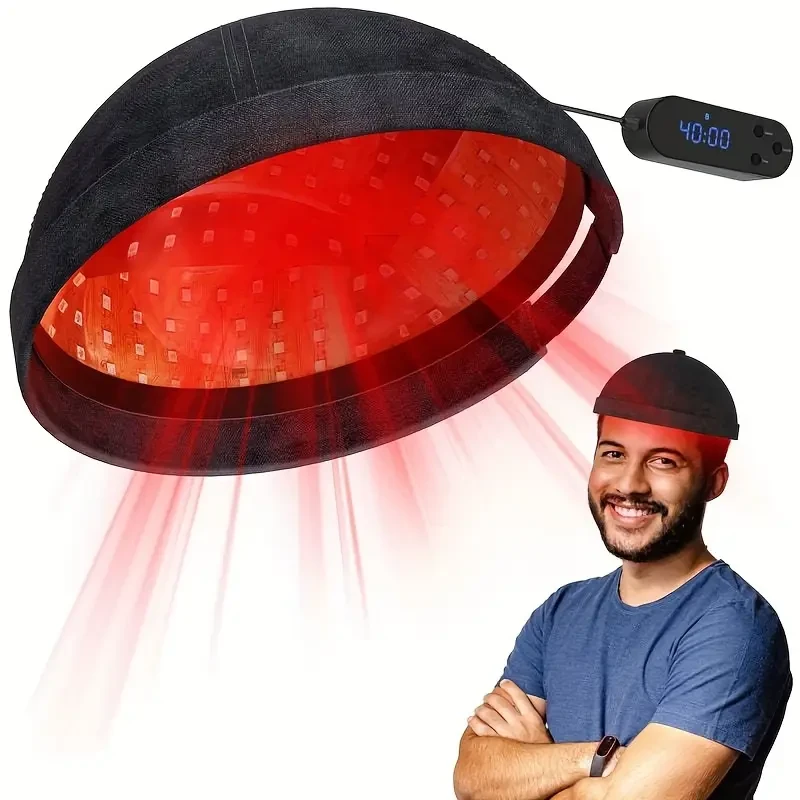
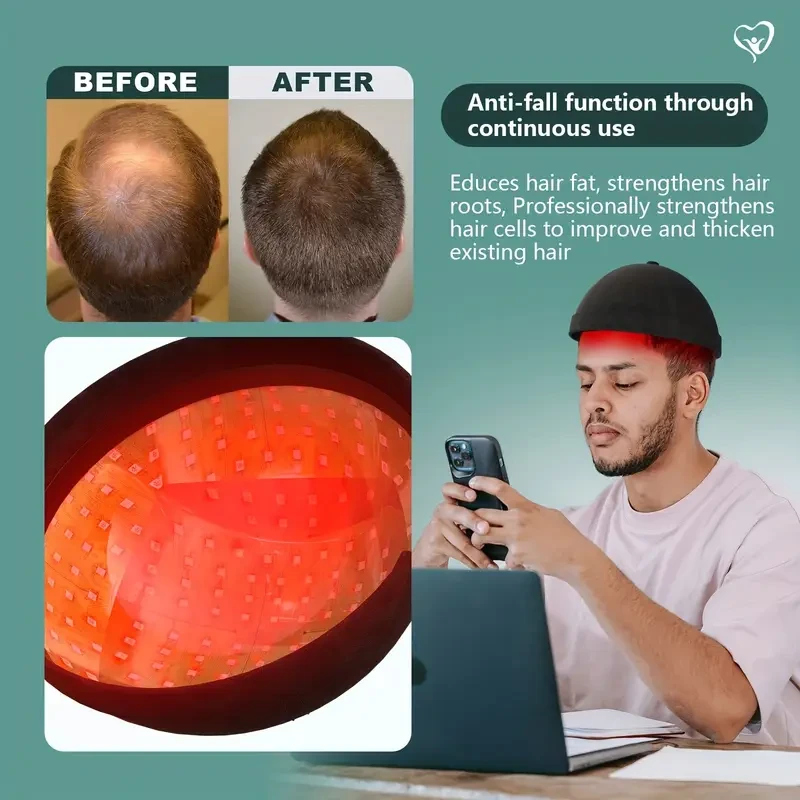
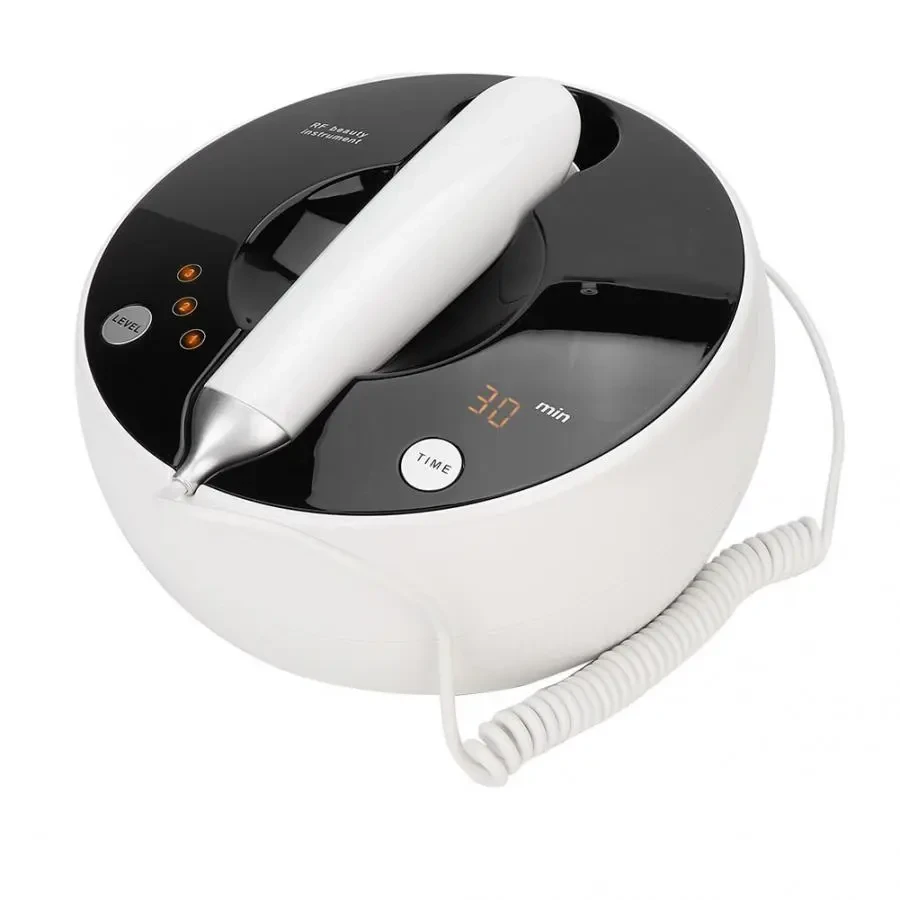
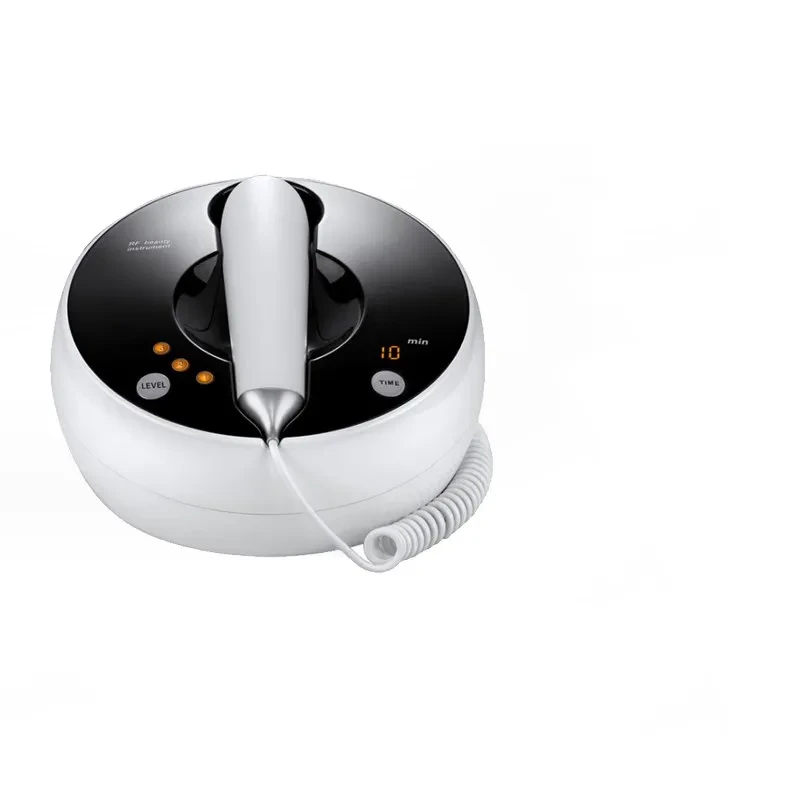

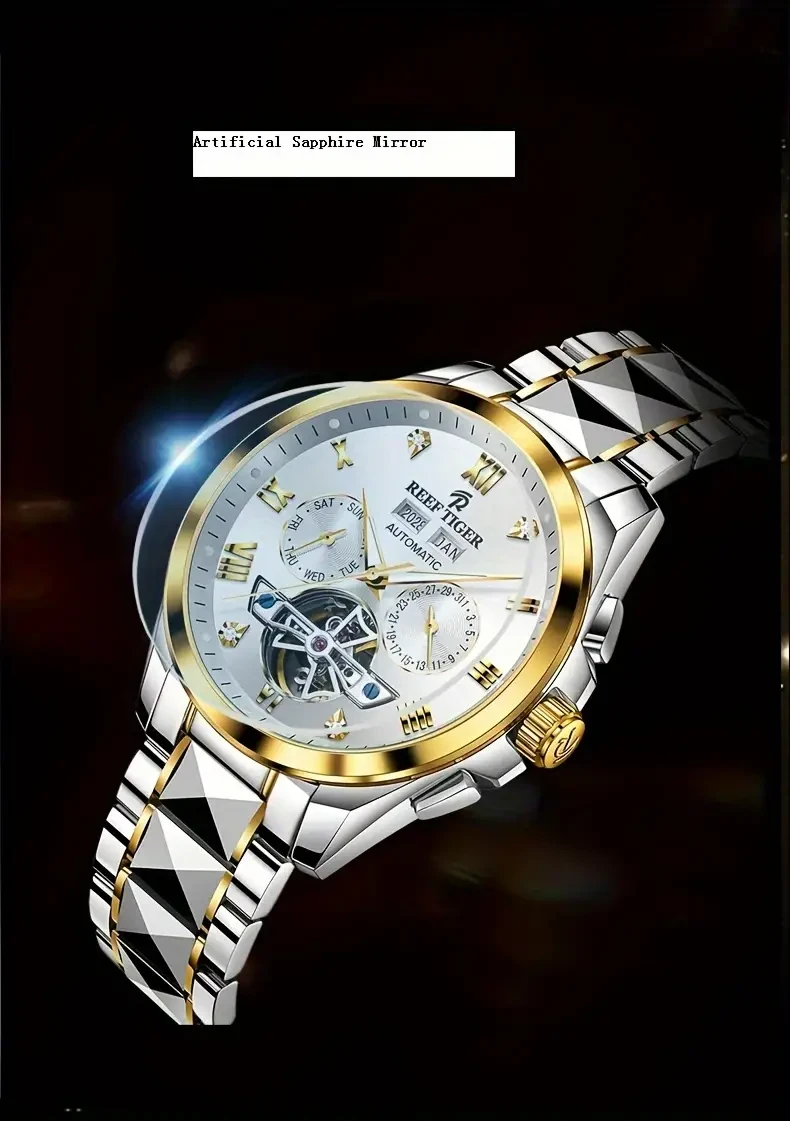
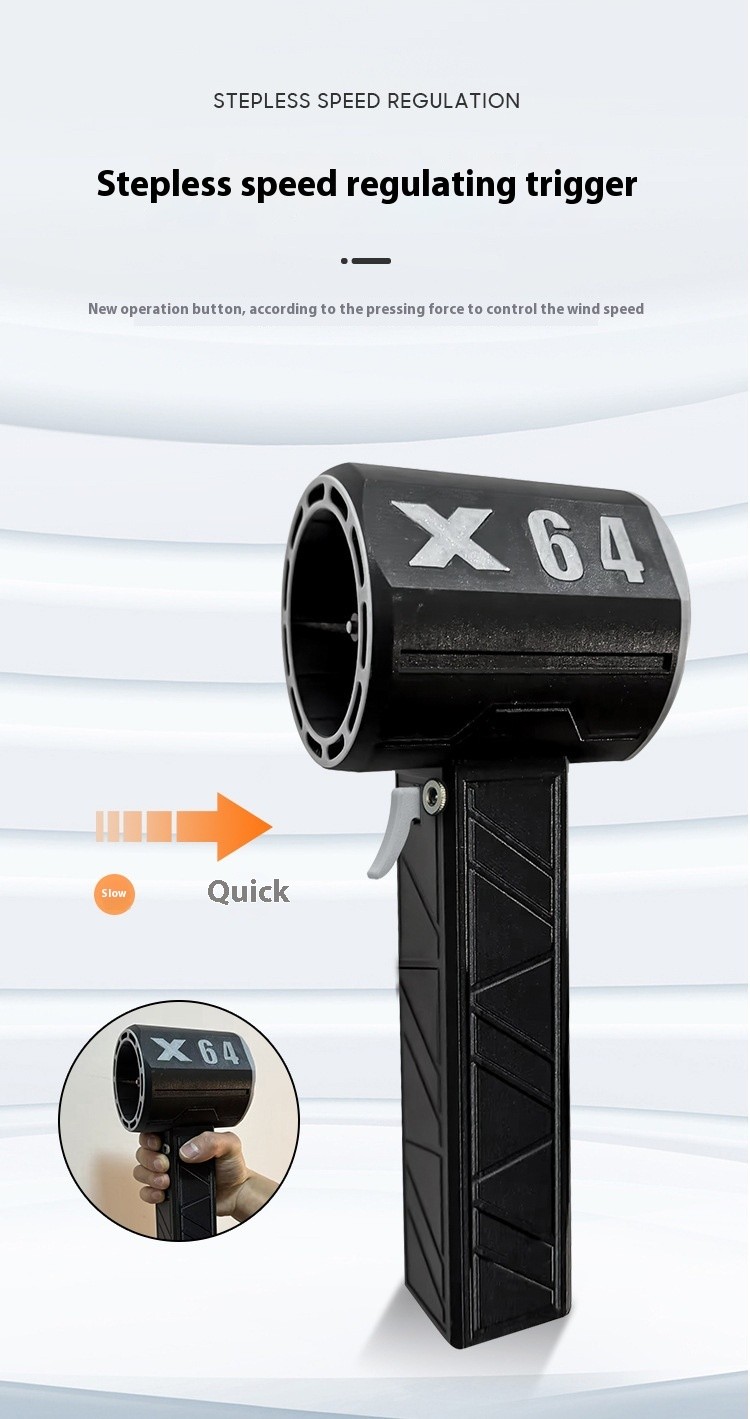
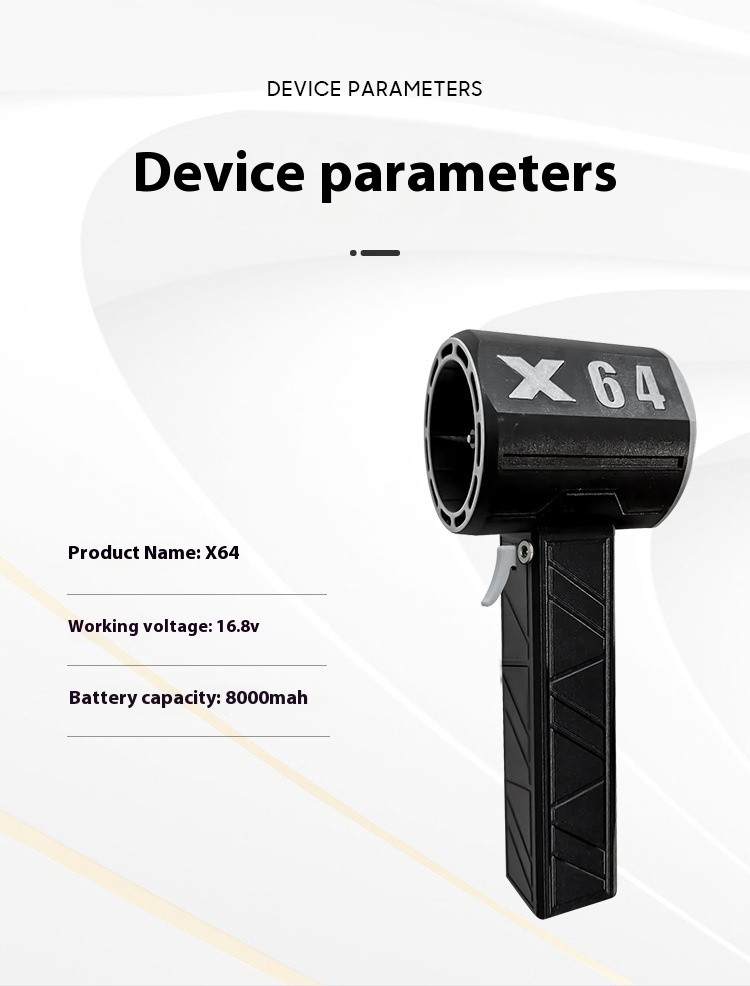
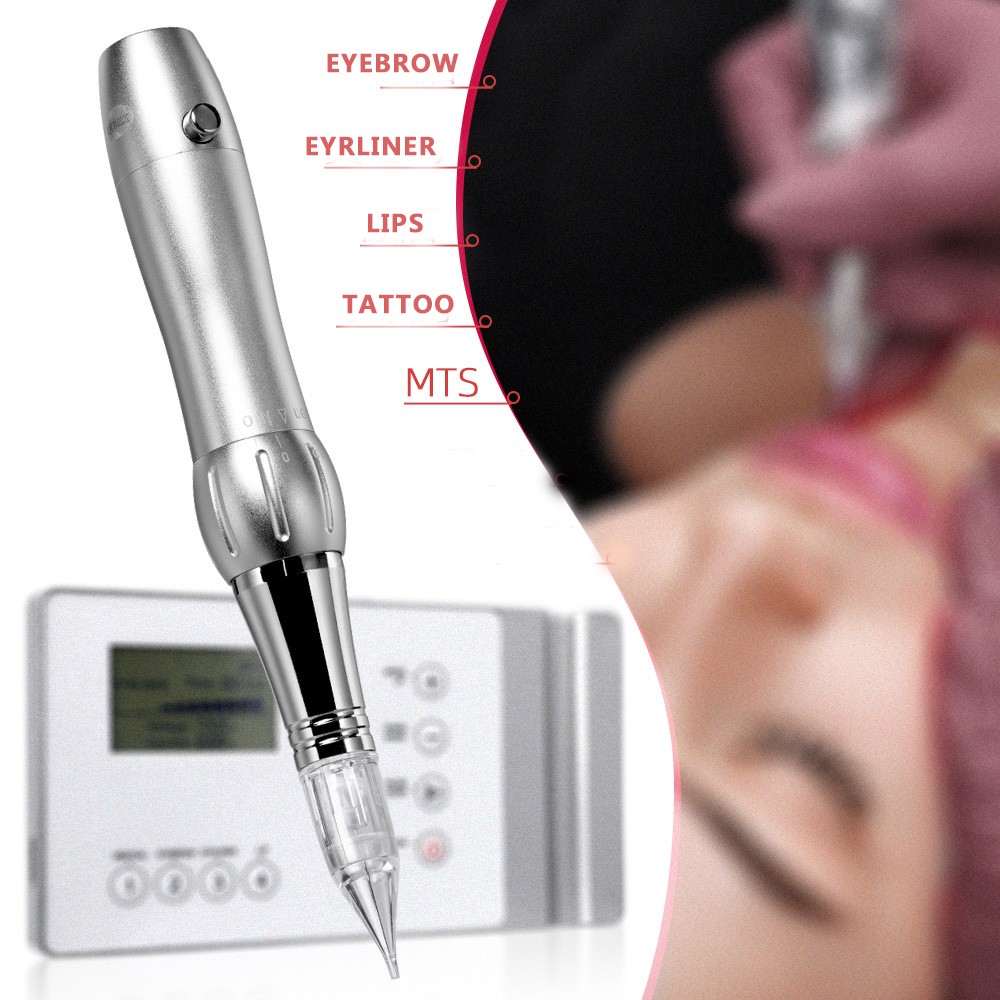
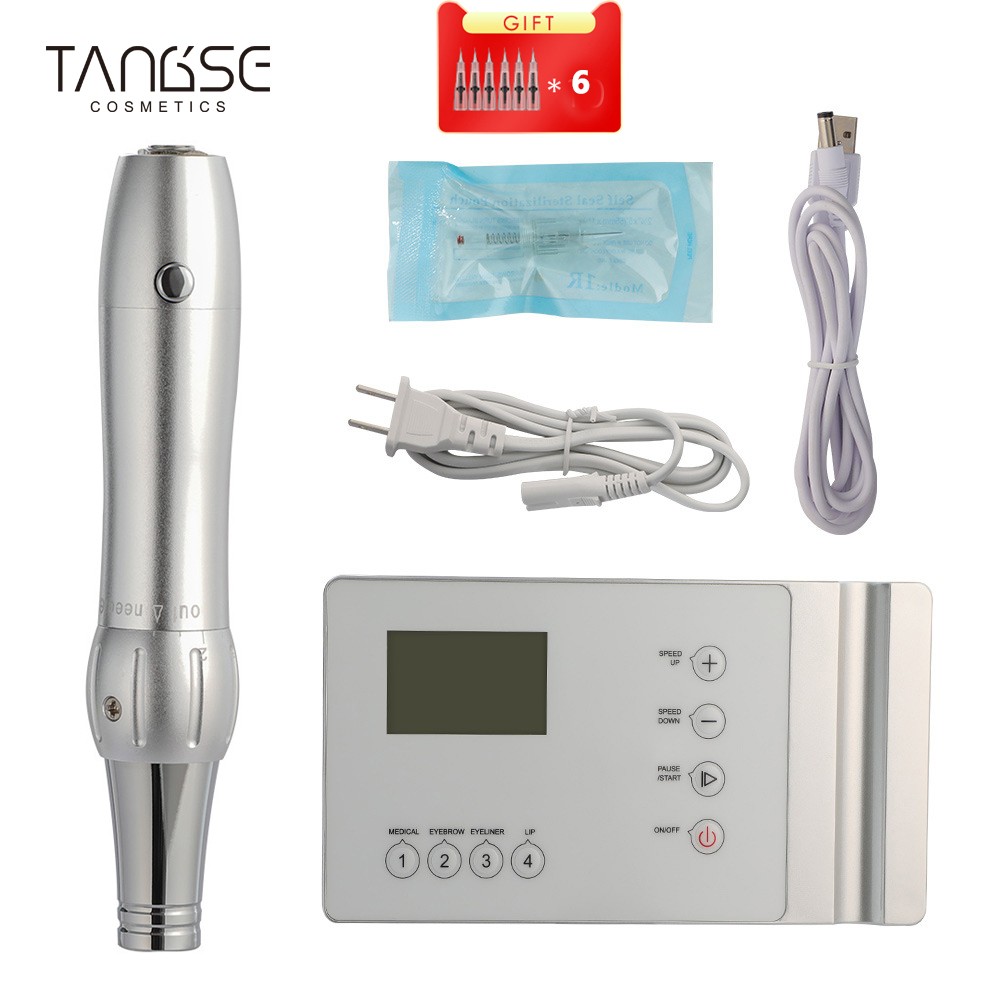
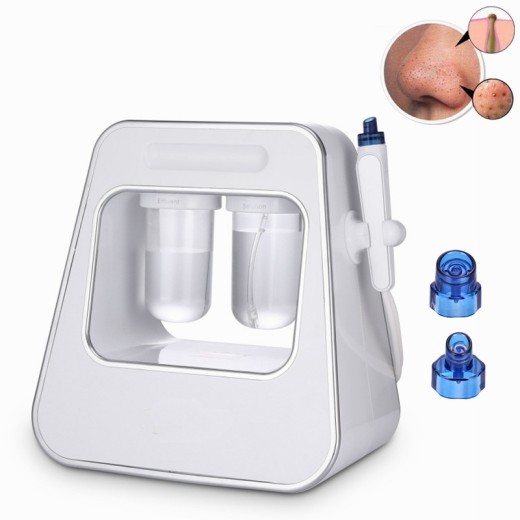
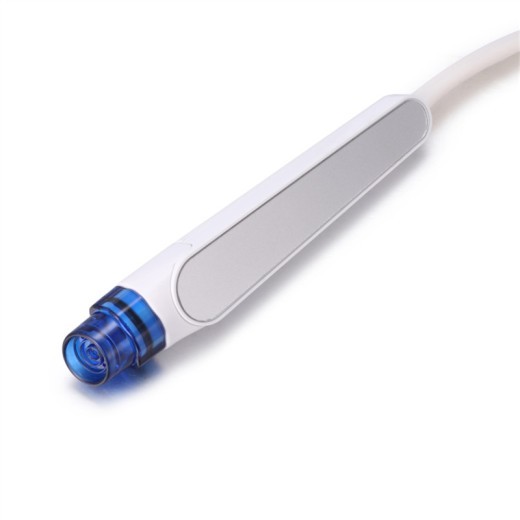
.webp)










.jpg)
















































ulva-Logo.jpg)
